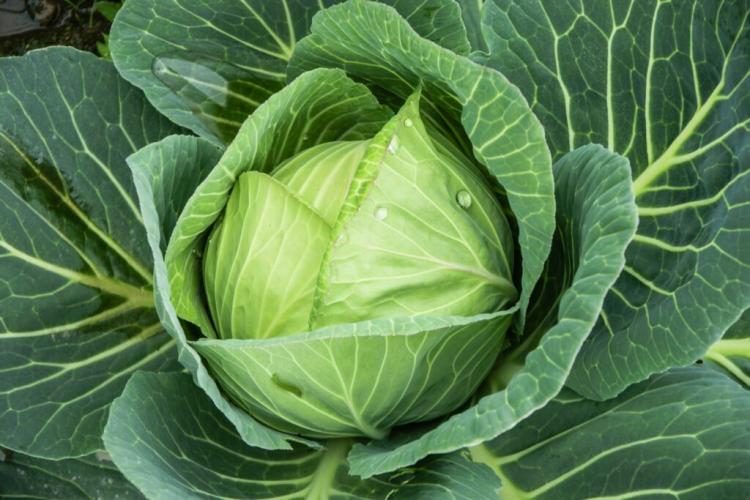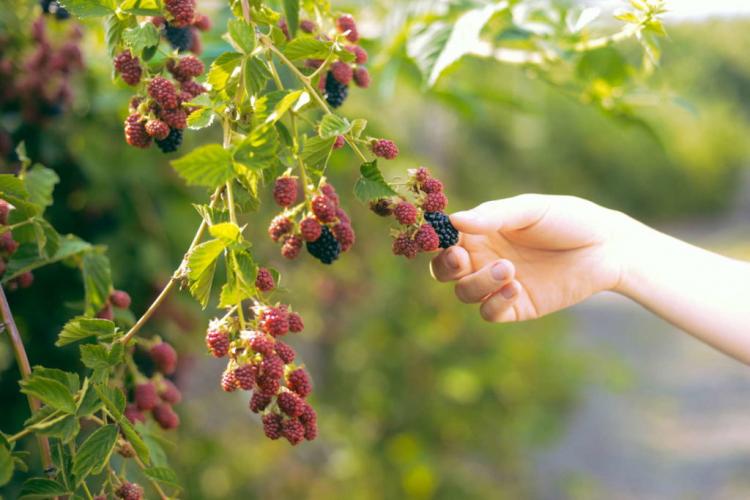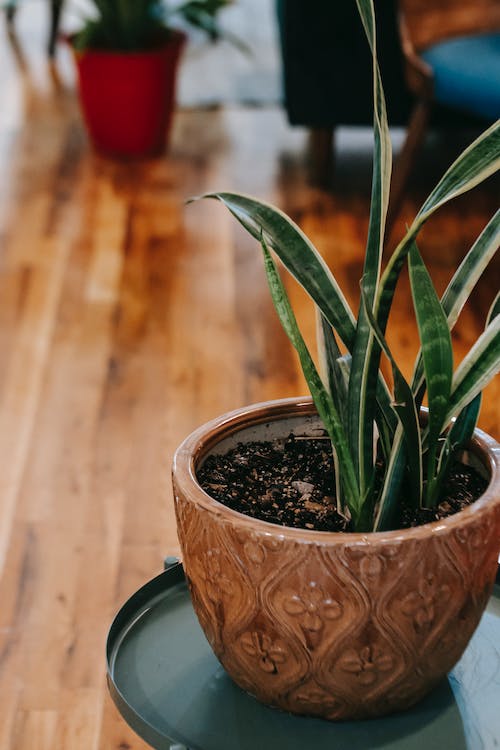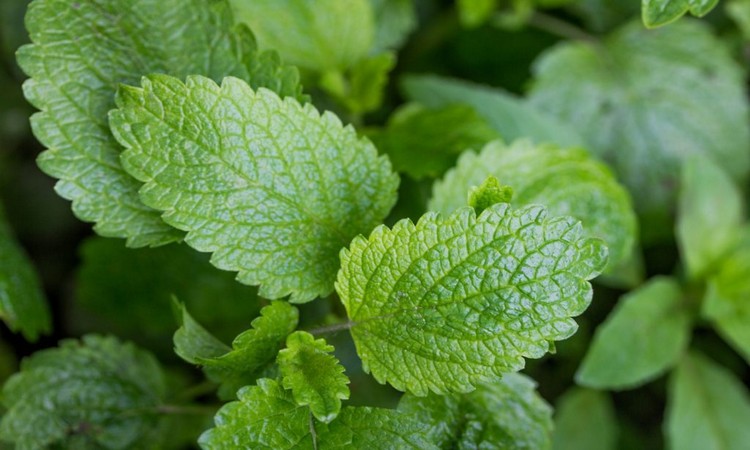How To Plant Shallots: Growing The Asian Onion
Shallots have their home in Asia. But even in this country, the close relative of the kitchen onion is easy to grow in the garden. The shallot ( Allium cepa var. Aggregatum ) is characterized by a somewhat milder taste. But it also has a lot in common with the kitchen onion ( Allium cepa ). That is why it is botanically classified as a big sister variety and the times when the shallot was granted its own species (formerly Allium ascalonium ) belong to history.
The shallot can be distinguished from the kitchen onion in addition to the taste by the pink skin, its often elongated shape, and the two-part onion that sometimes occurs. In the kitchen, the two leeks ( Allioideae ) compete for the cutting board. The shallot can add some color to the kitchen – some varieties even form yellow onions – but it quickly becomes bitter when seared. Nevertheless, it is worthwhile to grow the plant in your own garden for culinary use.
Planting shallots – step by step
Table of Contents
1. Location:
The shallot likes sun and warmth. The more she gets of these two factors, the better she will thrive. The soil should be sandy and not be prone to waterlog. For this reason, an overly compacted subsoil is not an option for growing the shallot. The leek plant can also be cultivated in the balcony box, provided that the requirements for the substrate are met. A special vegetable soil such as our Plantura organic tomato and vegetable soil is well suited.
If possible, neither cabbage nor other onion plants should be grown near the shallot. The neighborhood of carrots, on the other hand, favors the cultivation of shallots. As for some plants, the shallot should also be avoided for four to five years after it has been grown. Repeatedly standing on the same area for several years in a row favors infestation with the undesirable dibble fly or nematodes. It also causes a one-sided deprivation of nutrients from the earth.
2. Propagation:
In our temperate latitudes, the shallot usually does not flower. In contrast to the kitchen onion, however, the shallot does not need the induction from the flower to develop the daughter onions suitable for propagation. This means that five to seven small onions can be harvested in autumn even without bloom. These are put into the ground in the following spring from March. About 5 cm deep with a distance of 15 to 20 cm within the row, the small onions are stuck into the loose soil. When growing in the balcony box, the distances also apply, of course, to be able to achieve a rich harvest. Attention: It should be noted that the onion is stuck in the direction of growth.
If it is put upside down, it is unnecessarily difficult for the onion to sprout or it does not manage to push the leaves into the daylight. Some relatively frost-resistant varieties can withstand temperatures down to -10 ° C and can therefore be planted in the ground in warmer regions as early as autumn.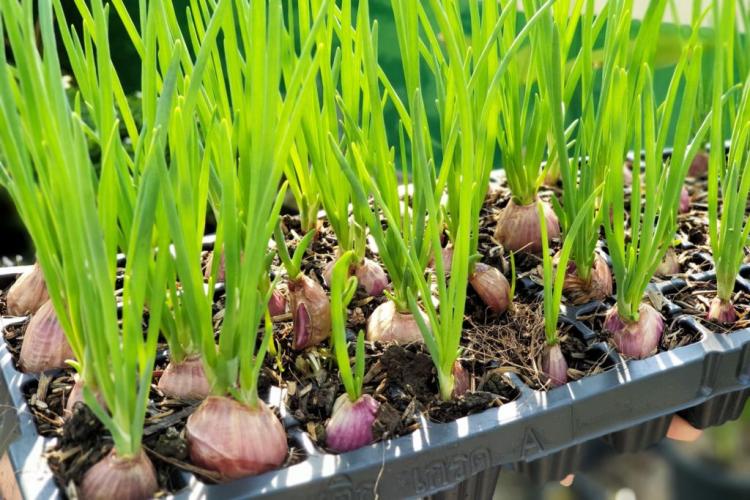
3. Watering and fertilizing
In the bed, the small onions only need to be watered when it is extremely dry. And only if the leek is growing in the foliage. Do not supply water immediately after sticking or shortly before harvest when the onion is just ripening. This would put the onion at risk of rotting or reduced shelf life. In the balcony box, watering may of course be necessary earlier. When the time has come, you can tell when the leaves are beginning to sag.
When it comes to nutrients, the shallot is also easy to care for. When growing in a bed, it is sufficient to incorporate a primarily organic long-term fertilizer such as our organic tomato fertilizer or compost in spring, when the garden area is prepared for the onions to be planted. A good substrate that contains all the important nutrients in sufficient quantities is sufficient for the balcony box.
4. Care
All in all, the shallot is extremely easy to care for, even when grown in your own garden. She only has something against weeds. In order not to reduce the harvest too much due to the excessive competition with the unwanted wild growth, regular weeding between the shallot plants is the order of the day.
5. harvest
Depending on the variety and the weather, the onions can be harvested 90 to 120 days after plugging from August. They are simply pulled out of the earth by the foliage as soon as the above-ground part begins to wither and dry up. It is best to harvest on a dry and warm day. This improves the shelf life of the onions.
6. Storage
After drying for a few days, the shallots can be tied together with the leaves in bundles or braids. In a relatively cool place (10 to 15 ° C) and with good ventilation, the onions are suitable for unrestricted consumption for several months.

